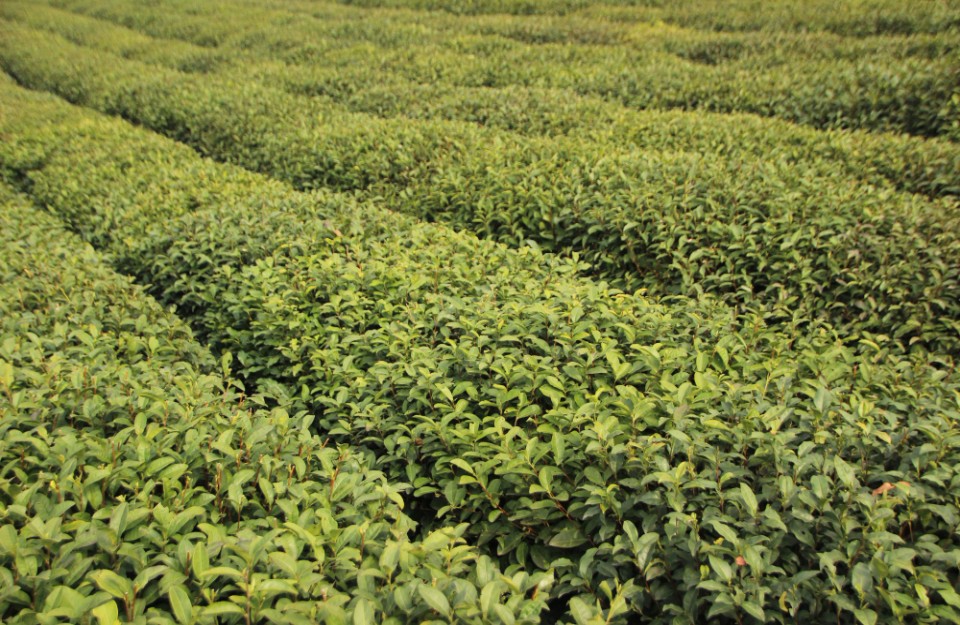
Stevia leaves are utilized in Brazil to brew herbal tea, known for its application in treating heart disease and various other health conditions. Recent medical studies have displayed potential in addressing issues such as obesity, high blood pressure, and hypertension. Stevia notably impacts blood sugar levels, thereby aiding in glucose tolerance. Hence, it is deemed appealing as a natural sweetener for individuals adhering to diabetic and carbohydrate-controlled diets. Stevia leaves possess a sweetness approximately 30 times stronger than regular sugar. The Stevia Rebaudioside-A extract is roughly 300-400 times sweeter than conventional sugar. Stevia cultivation occurs in states like Punjab, Haryana, Uttar Pradesh, Jammu and Kashmir, Himachal Pradesh, Karnataka, and Uttarakhand. Furthermore, it is utilized in the treatment of obesity and high blood sugar patients. India exhibits significant potential for Stevia cultivation with lower associated risks. Investment in Stevia is tax-exempt due to its classification as an agricultural product. Benefits from Stevia cultivation manifest swiftly. Given its five-year planting cycle, the expense of seedlings is recouped once every five years.
To Stevia cultivate, the land should be plowed or harrowed initially to break up clods. Thorough soil preparation is crucial for successful Stevia farming. Following harrowing, 1 to 2 rounds of plowing should be carried out. Loamy and sandy loam soils are the most suitable for Stevia cultivation, with a pH level ranging between 6 and 7. Clayey soil does not yield favorable results.
Preparing raised beds is the optimal and most profitable method for growing Stevia. Raised beds with a height and width of half a foot are necessary. There should be a one-foot distance between the rows within the bed, and a half-foot distance between each plant within a row. With this spacing, approximately 50,000 plants can be accommodated per acre.
Irrigation: The best method for irrigating Stevia plants is through micro-sprinklers. Flood or canal irrigation will not provide water in the required quantity at the right time. Micro-sprinklers can be used to irrigate once a day during summers and four times or more during winters, based on temperature and relative humidity. Determine the need for watering according to the requirement of water; plants should not be allowed to wilt due to lack of water.
Weeding can be carried out manually to eliminate weeds from the root. Since the crop is cultivated in raised beds, intercropping is more feasible with manual labor. It is crucial to safeguard the flowers of the plant. Given Stevia's emphasis on apical dominance, the plants tend to grow tall and delicate. Apical dominance exerts pressure on the plant's apex, prompting the development of lateral branches. With effective management, a sustainable plant can be economically maintained for up to 375 years.
Health Benefits of Stevia: Stevia, also known as Sweet Leaf or Sugar Leaf, is an herbaceous plant. Its leaves have a naturally sweet taste, resembling those of basil. Stevia aids in weight loss and reduces high blood pressure. Importantly, its consumption does not significantly raise blood sugar levels. Its powder can be used as a sugar substitute in beverages like tea, coffee, yogurt, milk, and juice. Individuals with diabetes and obesity can greatly benefit from its use. Additionally, Stevia helps prevent tooth decay and gum inflammation, and it is beneficial for managing skin conditions such as eczema and dermatitis. It contributes to bone strength and lowers the risk of osteoporosis. Stevia contains glycosides that promote blood vessel expansion, while its antioxidant compounds aid in cancer prevention. It adds sweetness to food without compromising taste, offering health benefits without adverse effects.
Drawbacks of Stevia: Excessive consumption of Stevia can lead to various problem Prolonged use of Stevia may result in kidney-related diseases and kidney damage. Stevia products often contain sugar alcohols, which can contribute to digestive issues.
Read More... Farmers can earn Good Profits from Amla cultivation, Know all the information
Pest and Plant Protection: This crop is not susceptible to pests and diseases. In case symptoms of any disease appear, the best organic method is to spray diluted neem oil. For root pests, a mixture of castor oil with cow dung can be sprayed near the plant in minimal quantities.